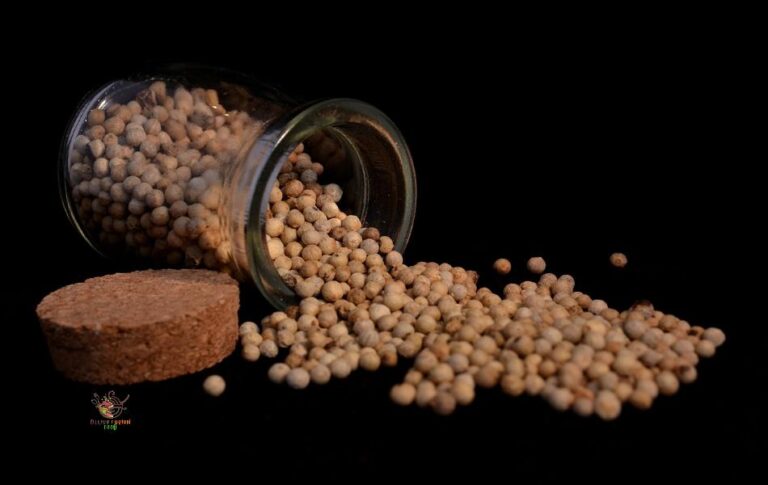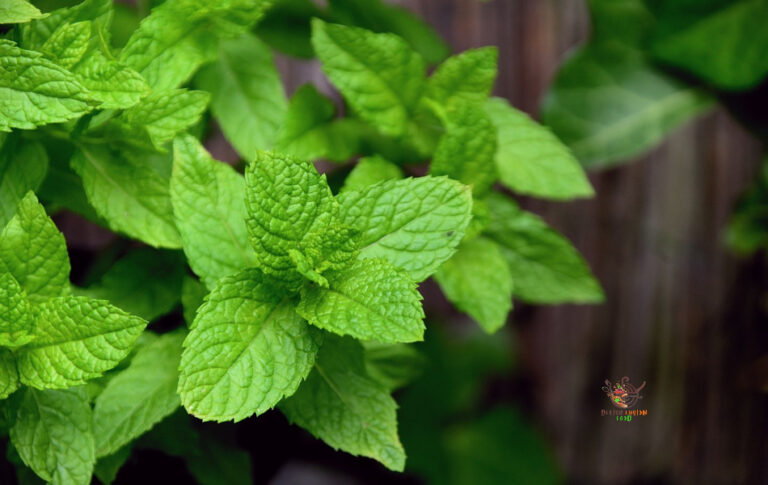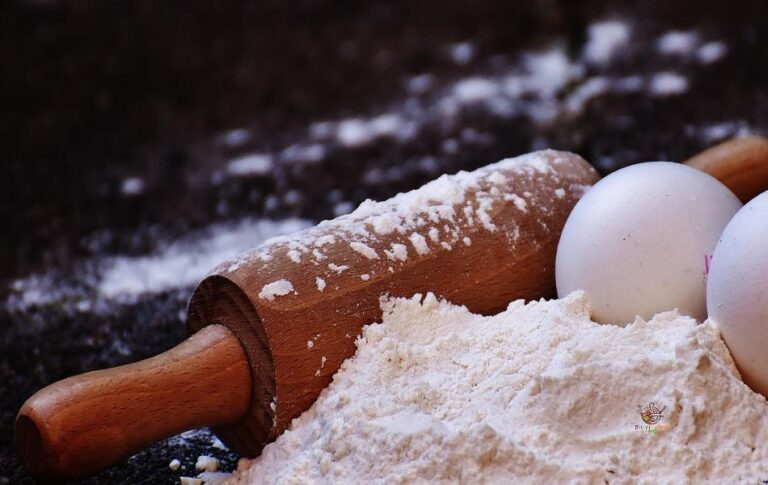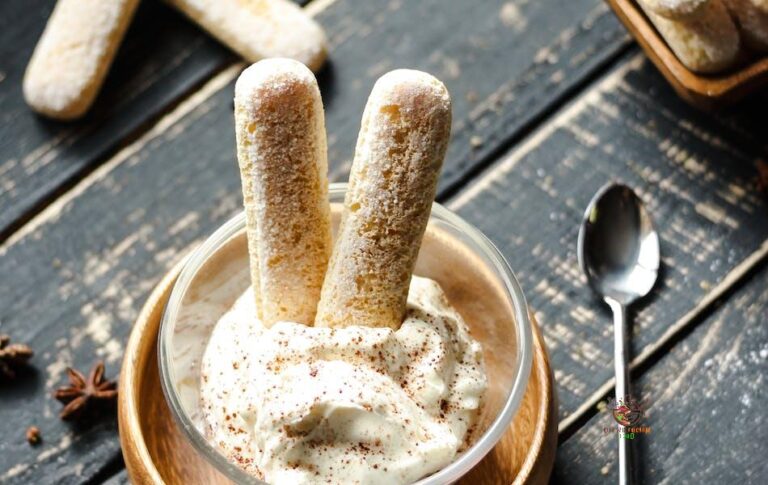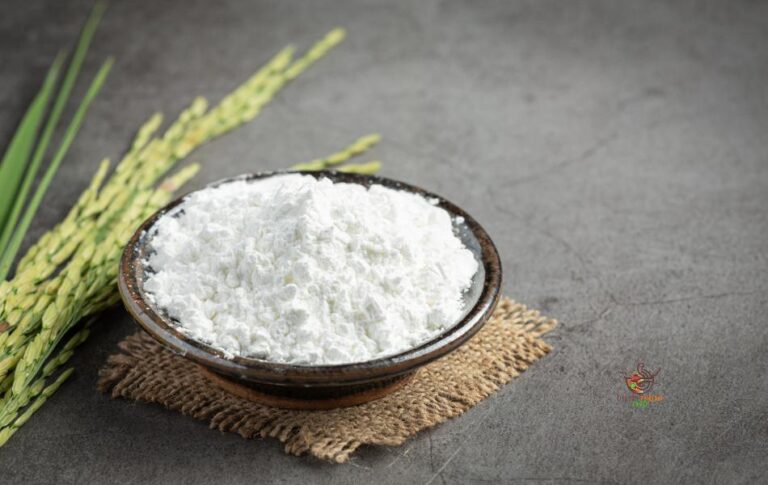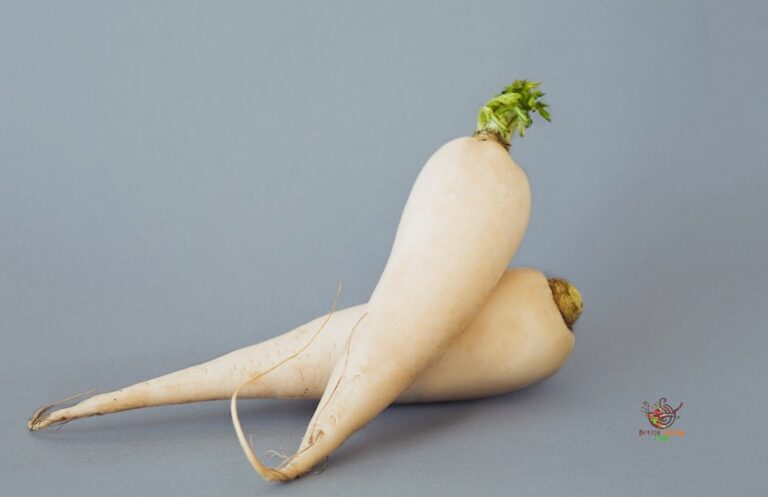Best Substitutes for Dill: Simple Kitchen Solutions
Dill tastes good and can be used in lots of dishes. But if you don’t have any or don’t want to use it all, there are other things you can use instead. Here are some good substitutes for dill.
What is Dill?
The dill plant, also known as Anethum graveolens, is used in Asian and European dishes. It has feathery green leaves, popular for garnishing.
Dill has a unique flavor, a blend of anise, licorice, caraway, and a hint of citrus.
Dill seeds and leaves come from the same plant. The seeds, considered a spice, taste strongly of caraway. They’re more pungent than the leaves and are used to season dill pickles.
Health Benefits of Dill
Dill is used in small amounts, so its health benefits are limited. However, it’s rich in vitamins and minerals.
In Ayurvedic medicine, dill is used to treat bad breath, colic in infants, and digestive issues. Studies suggest dill may help lower blood sugar levels, which helps manage diabetes.
Best Substitutes for Fresh Dill
Dill has a unique flavor that’s hard to replicate. It’s a key ingredient in some recipes, like tzatziki, where its taste is essential. Substituting it would drastically change the dish.
In recipes where dill isn’t the star, you have more flexibility. Here are some fresh and dried herbs you can use instead.
Dried Dill: A Handy Substitute
If fresh dill is missing, dried dill can step in. Here’s the trick: 1 tablespoon of fresh dill equals 1 teaspoon of dried dill. But remember, dried dill won’t have the same vibrant flavor or green color as fresh. It’s ok for cooked dishes, dressings, or dips.
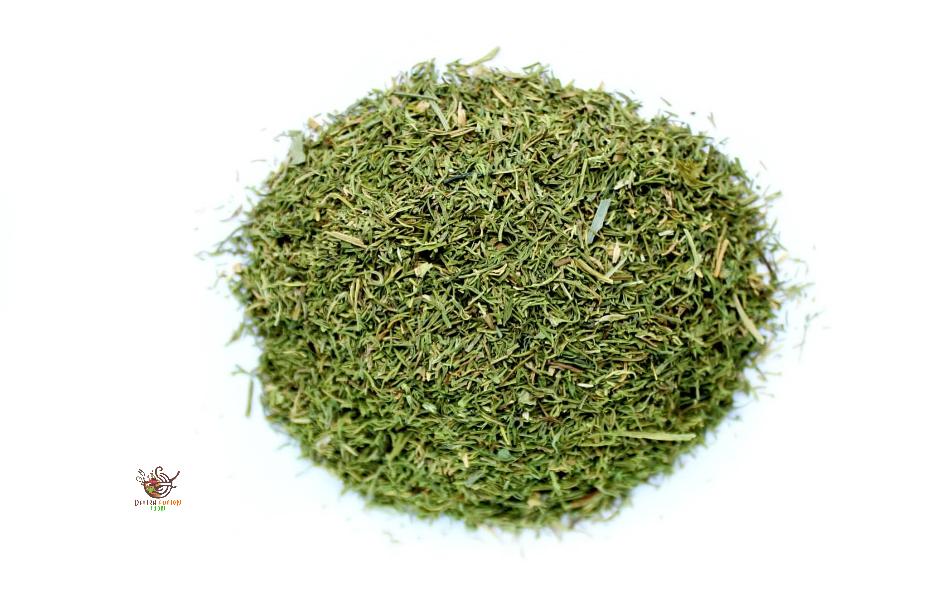
For dishes where appearance matters, like salads or appetizer garnishes, opt for an alternative to dried dill. Dill seeds usually aren’t suitable substitutes for fresh dill in recipes as they have a more intense flavor.
Fennel
A great alternative to fresh dill is the feathery fronds of a fennel stem. Fennel and dill belong to the same family, known as the carrot family. While fennel’s wispy leaves resemble dill, they are less delicate and have a licorice-like flavor.
Fennel’s bulb is a vegetable and can be cooked on its own. So, if you’re replacing dill, focus on using its feathery fronds instead. Use fennel fronds in recipes needing fresh dill, like salads, sauces, dips, and dressings. For 1 teaspoon of fresh dill, substitute with 1 teaspoon of fresh fennel.
Tarragon
Tarragon used to be mainly used in French cuisine, but now it’s popular worldwide. It has a hint of anise or licorice flavor, like dill. Both herbs are common in European cooking. One difference is that fresh tarragon can handle heat better. So, it’s best to add it earlier when cooking to balance the flavor.

For a 1 to 1 swap, use fresh tarragon instead of dill. Dried tarragon also works well but begin with half a teaspoon for every tablespoon of fresh dill in the recipe.
Basil
Basil doesn’t taste quite like dill, but it has subtle hints of anise. It’s a warm and aromatic herb that many people enjoy. Opt for fresh basil over-dried for a flavor closer to dill. Great for soups, stews, and salads, but not recommended as the main ingredient in dishes where dill is crucial.
Both basil and dill are popular in the Mediterranean, offering strong flavors. If using fresh basil, substitute it in a 1 to 1 ratio. For dried basil, start with half the amount and adjust to taste.
Parsley
Parsley, often just seen as a decoration, is a versatile herb for cooking. Although it’s related to dill, parsley has a much softer flavor and an earthier taste. Its gentle taste makes parsley a safe choice for those who prefer milder flavors. It won’t give the same taste as dill, but it also won’t dominate the other flavors in the recipe.

Start by substituting fresh parsley in equal amounts to dill. If you want more flavor, add extra parsley until it suits your taste.
Chervil
Chervil, belonging to the parsley family, is a commonly used herb in French cooking. It enhances the flavors of ingredients like parsley does. Chervil also has a subtle hint of licorice flavor, making it an excellent alternative to fresh dill. Use fresh chervil in the same amount as you would use dill.
Cilantro
Cilantro, a member of the parsley family, has a stronger flavor than parsley, making it a robust alternative to dill. Cilantro complements many dishes like dill but offers its peppery taste instead of mimicking dill. However, some people dislike cilantro’s flavor, so consider your guests’ preferences when using it.
Due to its intensity, start with half the amount of cilantro and adjust to taste. This substitute is best for enhancing the flavor of salads, cold dressings, dips, or sauces, as cilantro doesn’t fare well in the heat.
Chives
Chives taste like a mix of onions and garlic, offering a fresh and bright flavor similar to dill when used as a garnish. While they look alike, they don’t taste the same. You can use chives as a garnish in place of dill, using the same amount.
Bay Leaves
Bay leaf is another substitute for fresh dill that many people already use in cooking. It has earthy flavors that enhance the taste and aroma of dishes.
When using bay leaves, it’s important to find the right amount. Typically, one to two bay leaves work well, depending on how strong you want the flavor to be. Remember to remove the leaves from your cooked dishes afterward to prevent the flavor from becoming too intense.
Alternatives to Dill for Those Who Dislike the Flavor
Some people dislike the taste of dill because of its grassy and licorice-like flavor. If you’re one of them, you can simply leave it out.
But if you want to enhance the flavor of your dish without using dill, consider adding one or more of the following ingredients. While they may not taste exactly like dill, they can still add depth to your dish!
Mint
Mint is a cheerful herb that, much like dill, brings a fresh and bright quality to dishes. It carries a bold yet subtly sweet flavor, making it a suitable addition to many dishes where you’d typically use dill, especially in Mediterranean or Middle Eastern-style recipes. You might notice dill also has a hint of minty undertones.
To use mint as a substitute for dill, finely chop it and add it to yogurt sauces, rice, or potato dishes. It’s also great as a garnish in recipes that call for fresh dill. Mint also complements dishes with lemon. Generally, you can use mint in the same quantity as dill: a 1:1 ratio for salads, sauces, cooked dishes, or garnishes.
Oregano
Oregano is highly versatile, making it a safe substitute for dill in most recipes without risking the dish.
Although oregano tastes different from dill, its sweet herbal flavor complements many of the same dishes. Due to its potent flavor, start with a small amount and adjust to taste.
Garlic
Garlic can be a good alternative if you’re looking to add flavor to your dish without dill. It’s best to use garlic powder for this substitution. While it will bring a different flavor, it will still enhance your dish. As for the amount, consider that an eighth of a teaspoon equals a clove of garlic.
Onion powder
Onion powder is dried and ground onion, packed with intense flavor. It’s stronger than fresh or dried onion, making it ideal for adding flavor without extra moisture or texture. You can use it in dishes like meat rubs, soups, and stews to enhance their taste. Like garlic powder, start with a small amount and adjust to your liking.
Thyme
Fresh thyme is a common ingredient in Mediterranean dishes. It belongs to the mint family and has a hint of sweetness. Although thyme has a strong flavor, it complements many ingredients that fresh dill does. However, using thyme sparingly as its strong taste can overpower the dish’s flavor balance.
Begin by adding a pinch of fresh thyme, then adjust as needed. The maximum amount of thyme suggested for use is half of the required fresh dill.
Rosemary
Rosemary is a great alternative to dill when you desire a dish with a milder herbal aroma and flavor. It’s commonly used in Mediterranean cold and cooked dishes due to its floral notes.
However, the distinctive flavor and aroma make it unsuitable for recipes where fresh dill is the main ingredient. Opt for rosemary when you need a substitute for fresh dill as a garnish or as one of many flavor enhancers in the recipe.
It’s particularly recommended for salmon recipes, especially if you’re pan-searing, baking, or grilling. When substituting dill with rosemary, use half the amount specified in the recipe, and add more if desired.
Alternatives for Dill Seeds
As mentioned before, substituting fresh dill with dill seeds isn’t recommended because the seeds have a much stronger flavor. However, some recipes specifically call for dill seeds, such as bread, vegetable dishes, soups, salad dressings, and pickling recipes. If you don’t have any dill seeds, here are some excellent substitutes you can try!
Fennel Seeds
We’ve covered fennel fronds and bulbs, but did you know fennel also produces seeds? Fennel seeds resemble large cumin seeds but have a distinct flavor, similar to licorice. They’re paler in color and have a light, slightly sweet taste.
Unlike dill seeds, fennel seeds have a strong anise flavor. Consider using a smaller amount than the recipe suggests if substituting them.
Star Anise
Star anise is a unique spice known for its attractive eight-pointed star shape. It’s often used in Chinese and Vietnamese dishes to add a warm, sweet, aromatic flavor, like dill.
Start by adding just one or two-star anise pods to avoid making your dish too strong.
Anise Seeds
Anise seeds have a strong, sweet flavor reminiscent of black licorice, much more intense than the anise flavor in dill. Use them sparingly unless you’re a big fan of licorice!
Begin with just a small pinch of seeds and adjust to taste.
Caraway Seeds
Caraway seeds, from the caraway plant, have been a spice for 5,000 years and are common in central and eastern European cuisines. They offer earthy notes with a hint of pepper flavor, slightly milder than dill seeds. They can enhance the taste and aroma of your dish.
To use, add the same amount of caraway seeds as the recipe calls for dill seeds. It’s a 1 to 1 substitute.
Celery Seeds
Celery seeds offer an earthy flavor with a hint of bitterness. They work well as a dry rub for meats and in salads.
You can substitute them for dill seeds in a 1 to 1 ratio.
Coriander Seeds
The small, brown seeds from the coriander plant provide a slightly floral and citrusy flavor to dishes. To enhance their flavor, dry-fry the coriander seeds first.
If the appearance of dill seeds matters in the recipe, but the taste isn’t crucial, you can consider substituting them with other seeds with a mild flavor, such as sesame or poppy seeds.
Substitutes for Dried Dill
What if your recipe calls for dried dill instead of fresh? What can you use instead? Here are some reliable alternatives I’ve tested:
Fresh Dill
If you can swap dry dill for fresh, it’s no surprise you can do the reverse too. Dried dill has a stronger flavor than fresh, so you’ll need to use more fresh dill.
Try replacing one teaspoon of dried dill with one tablespoon of fresh dill. That’s roughly one-third of the dried dill needed. Remember, add fresh dill near the end of cooking. It loses flavor when cooked too long.
Dried Oregano
Try using dried oregano as a substitute for dried dill. It has a sweet herbal flavor that goes well with many ingredients.
Dried oregano won’t overpower your dish if you use it in moderation. Start by adding about one-third of the amount of dried dill called for in the recipe. If needed, you can add more later.
Bay Leaves
Bay leaves aren’t just perfect for replacing fresh dill; they also make a great alternative to dried dill weed and seed in recipes. Just follow the same guidelines mentioned earlier.
Garlic Powder
When you’re wondering what can substitute for dill, garlic powder might not immediately come to mind because its flavor is quite different. However, in a pinch, when you’re out of other options, garlic powder can be a lifesaver.
It’s a versatile flavor enhancer that goes well with various ingredients, suitable for both cold and hot dishes. Similar to oregano, it’s a crowd-pleasing seasoning, ensuring your guests, including kids, will enjoy the dish. Be cautious not to use too much garlic powder, as it can alter the dish’s flavor. I recommend using only a quarter of the amount of dried dill mentioned in your recipe.
FAQ:
Dill Seed vs. Dill Weed, what is the difference?
Dill weed is from the leaf and stem, while dill seed is the fruit. Dill seed has a stronger, slightly bitter taste compared to dill weed, which is milder.
What is Dill Pollen?
Dill pollen has an intense dill flavor, more floral and zesty than dill weed or seed. A pinch adds great dill flavor to vegetables or seafood, best used as a finishing touch due to its quick loss of flavor when cooked.
Can dill seeds replace fresh dill weed?
No, dill seeds have a bitter and stronger flavor, so they don’t make a good substitute for fresh dill weed.
Can caraway seeds or celery seeds replace dill?
No, both caraway and celery seeds have distinct flavors that differ from dill, making them unsuitable substitutes.
Conclusion
We hope this guide on dill substitutes has proven helpful and has sparked inspiration for experimenting with your recipes. While replacing dill may pose a challenge, exploring various alternatives can yield equally delightful outcomes. You might even stumble upon a new herb that enhances your dishes in unexpected ways!


